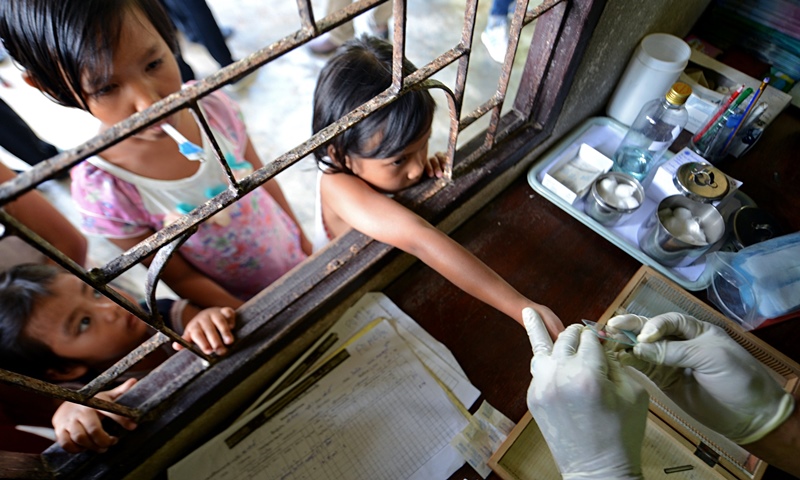Scientists across the world are monitoring the progress of a new malarial strain. This strain is considered dangerous due to its ability to ward off attacks from malaria specific antibiotics. The strand has been discovered in Myanmar. The location is twenty-five kilometers away from the Indian Border. Scientists at Oxford University published this report today in the global magazine dealing with infectious diseases.
Similar information was release on July 2014 regarding the spread of the strain. As per research conducted last year, the strain had established itself in Cambodia, Laos, Thailand, and Myanmar. Currently, drugs used to control malaria have a high success rate. While around 600,000 people continue to die from the disease, close to three million lives have been saved in the past fourteen years. However, the region between Asia and Pacific continues to register close to forty thousand deaths and thirty two million people being affected by the disease.
The researchers from Mahidol-Oxford stated that they were concerned that once the drug resistant strain reached India, containment would be next to impossible. As per Elizabeth Ashley, the spread from Bangladesh and India into Africa was imminent and hence posed a huge global risk. Scientists consider India to be at the forefront when it comes to fighting this disease. They have historical evidence to be concerned about the same.
In the 1960’s, similar strains of the disease moved from South East Asia to Myanmar to India and then the globe leading to death in millions around the globe.
In November 2014, eighteen nations from the Pacific and Asia region came together to combat this disease. They fixed a timeline of fifteen years to eradicate the same from the region. The Prime Ministers of Australia and Vietnam proposed that there should be a unified response created to counter the impact of this drug resistant strain. Both the countries were tasked with coming up with a detailed plan to achieve this goal. Scientists feel that if this is not done, then the window available to treat malaria affected individuals will reduce greatly thus influencing the effectiveness of the drug regime.

